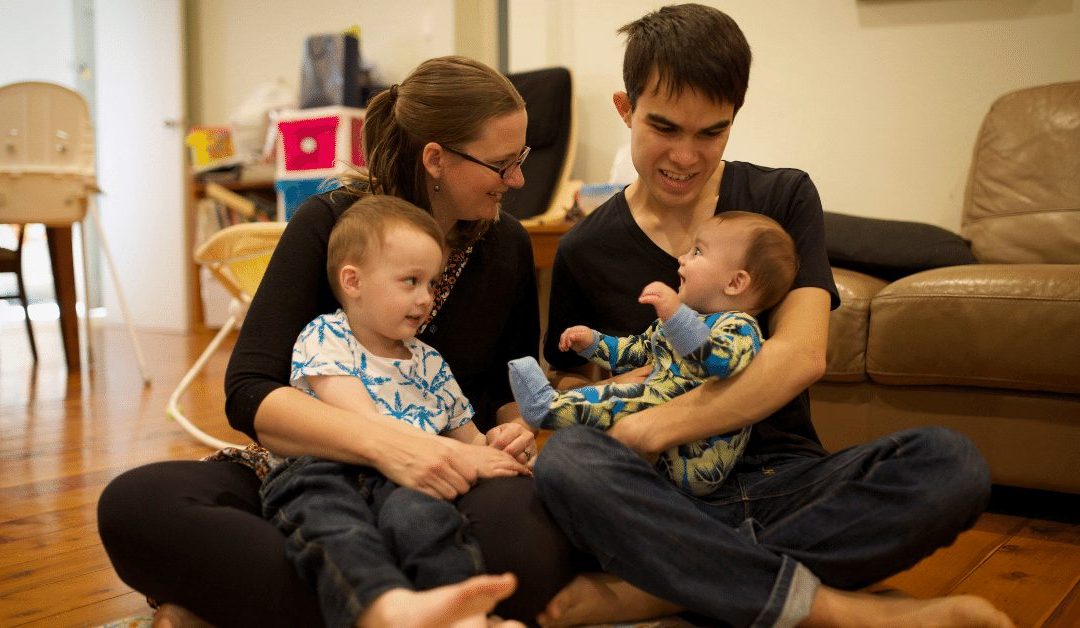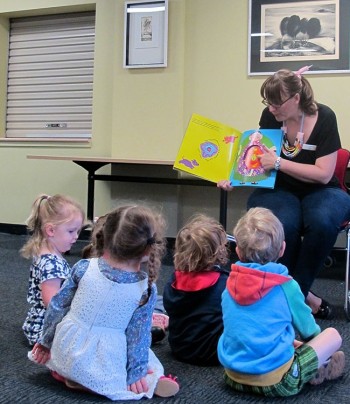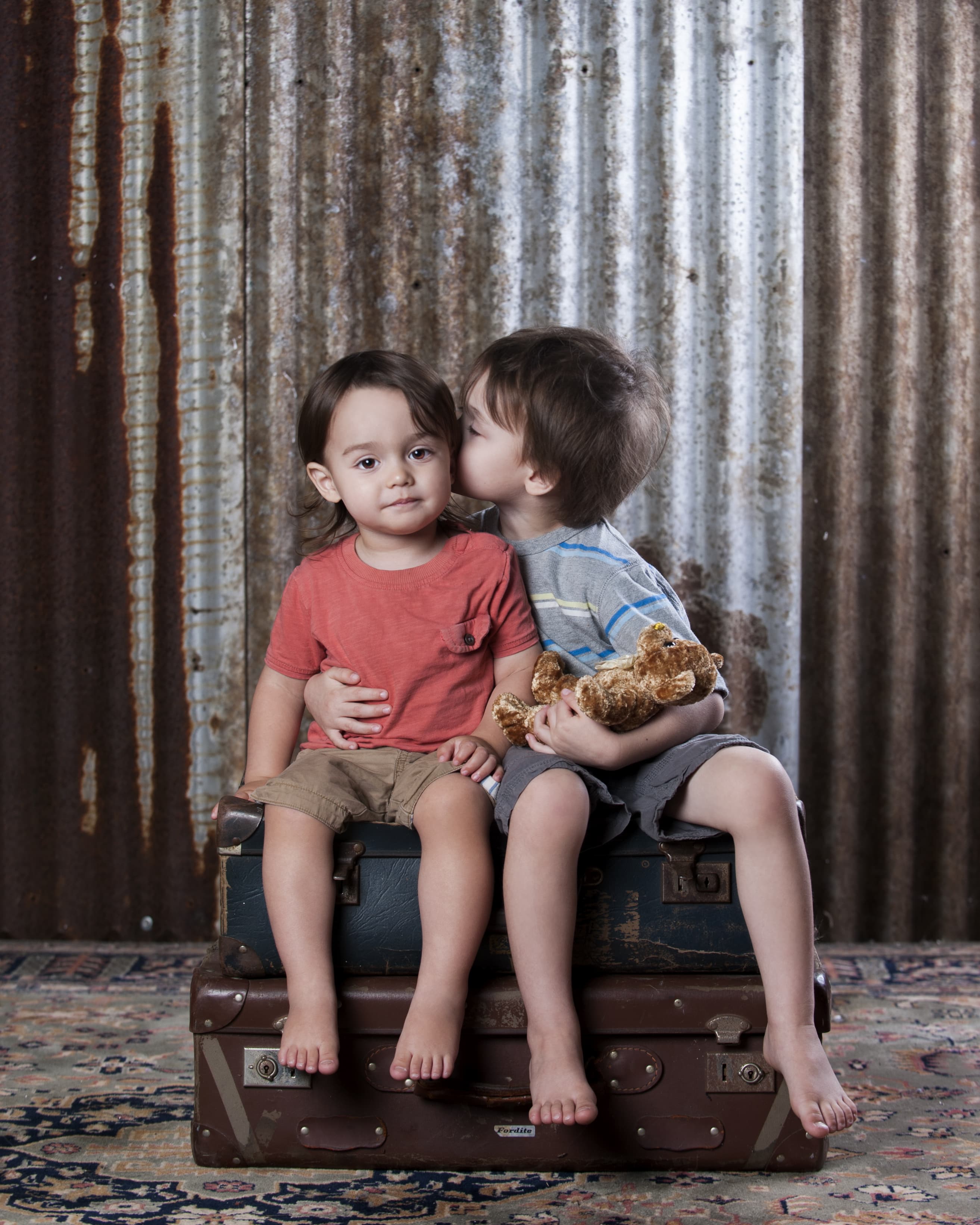There’s a quote about parenthood along the lines of “the years are short, but the days are long”. Sometimes I get to 9am and feel like it must be nearly bedtime – and it is on these days that it can be a struggle to get through to actual bedtime with my precious little ones by my side.
Being an early childhood music teacher, my go-to move is, of course, music. One of the things I love about teaching music classes in the community is sharing ideas for home with the parents who come along, and hearing about how bringing music home has transformed their lives as well as their children’s – especially through those long, hard days (and nights).
So how can you use music at home?
You don’t need to be a world-class singer or have thousands of resources to use music at home. In fact, all you need are your voice and your hands – and a few ideas. There does not need to be any great ceremony or planning around using music – just slip it into your day-to-day routine by singing a song or saying a rhyme. Some great opportunities are:
- during nappy changes/going to the toilet
- driving in the car
- getting dressed
- waiting (for older siblings at school pick-up, in waiting rooms, in checkout line at shops etc)
- packing things away
- transitioning from one activity to the next
- before bed
- calming an unsettled baby (try humming – it lowers your heart rate and blood pressure, regulates your breathing and calms you and your baby down)
What kind of music should I use?
Why not start with nursery rhymes? Nursery rhymes are a wonderful and timeless way to connect with your child. We carry with us the nursery rhymes that were sung to us as children, and they are passed down orally from one generation to the next.
Nursery rhymes are little nuggets of goodness – they aid language development (through introduction of new words, simple sentence structure and variations in pitch and volume), cognitive development (via repetition, patterns and sequencing and imaginative imagery), physical development (through movement of the mouth and tongue as well as the whole body) and social/emotional development (through touch, exploration of emotions and personal expression).
I’ve put together some videos of favourite nursery rhymes to use with a variety of ages here.
Music and storytelling
Another lovely time to use music is when reading a book. Many storybooks lend themselves beautifully to being sung. There’s a huge range of ‘singable’ books out there (my favourite is this BEAUTIFUL and tear-jerking version of Puff the Magic Dragon) and there are often lots of great books based on songs at op-shops and discount stores. If you are feeling brave, why not add your own little melody to a book written in rhyme? Try using a melody you know well, like Twinkle Twinkle Little Star and see if you can make it fit!
What about recorded music?
Popping on some music and having a dance, a sing or just a quiet listen can be therapeutic for grown-ups and children alike. Children love all kinds of recorded music (not just music aimed at children). Gentle music can be wonderful for tiny babies – check out Music for Dreaming and Cradle Songs for some truly beautiful instrumental lullabies. Be aware of the lyrical/thematic content of recorded music that you might be playing around young children. Also be mindful of the constant noise and ‘busyness’ that creeps into our children’s lives and be sure to give them quiet time and space without background noise.
You are doing an awesome job!
There are a wide range of correlations between music education and the development of language, mathematical ability, spatial awareness, social/emotional and cognitive development, motor skill development, rhythmic ability, pitch and in-tune singing. These benefits are important. Most important of all, though, is the transformative power of music. When if a child is nurtured by a loving, responsive caregiver and given opportunities to interact and grow through music, then that child will have a better chance at becoming a socially aware and empathic adult. You are doing your bit to change the world, for the better, one child at a time.
“The fact that children can make beautiful music is less significant than the fact that music can make beautiful children.” – Cheryl Lavender



